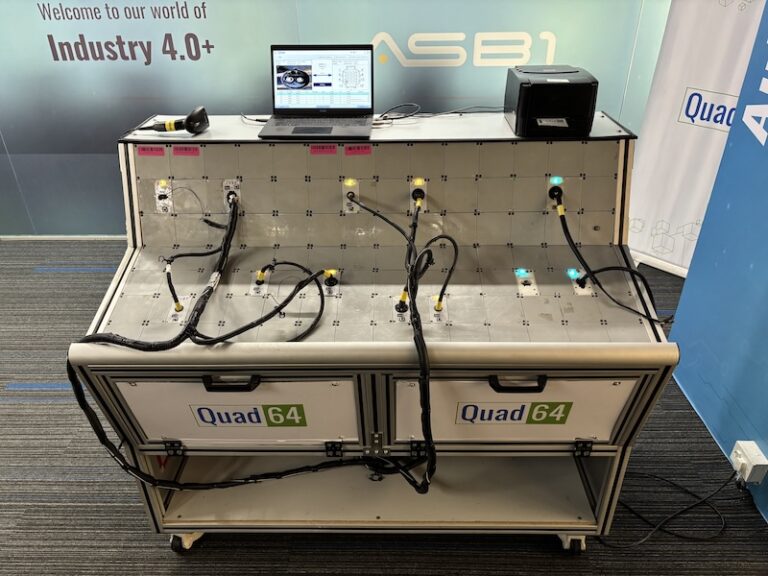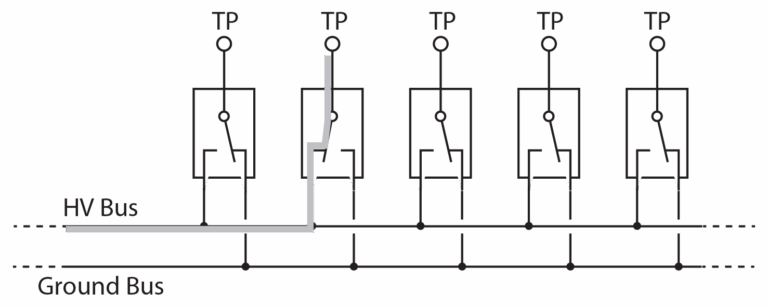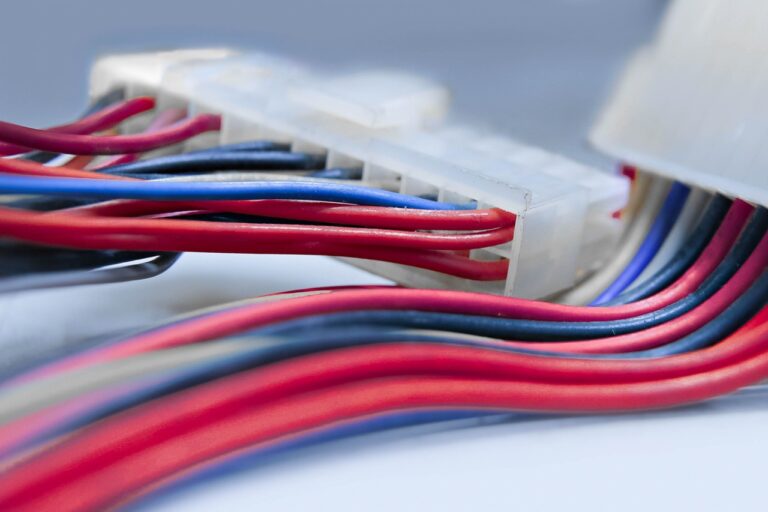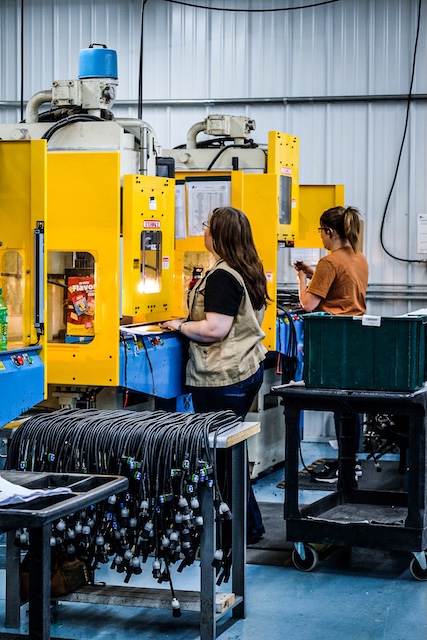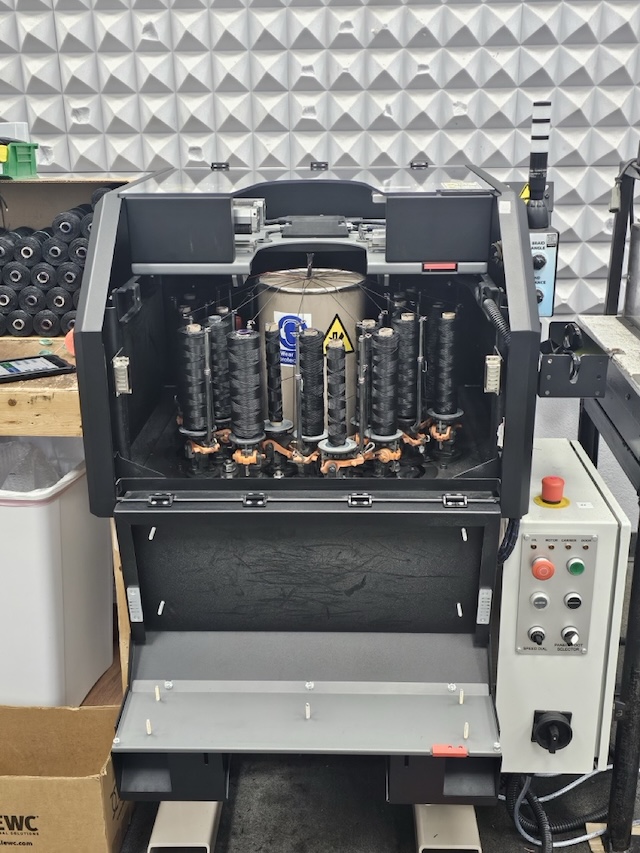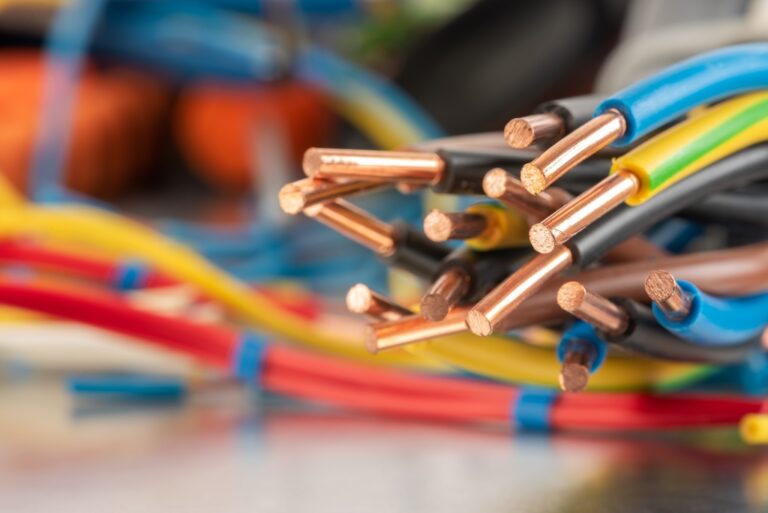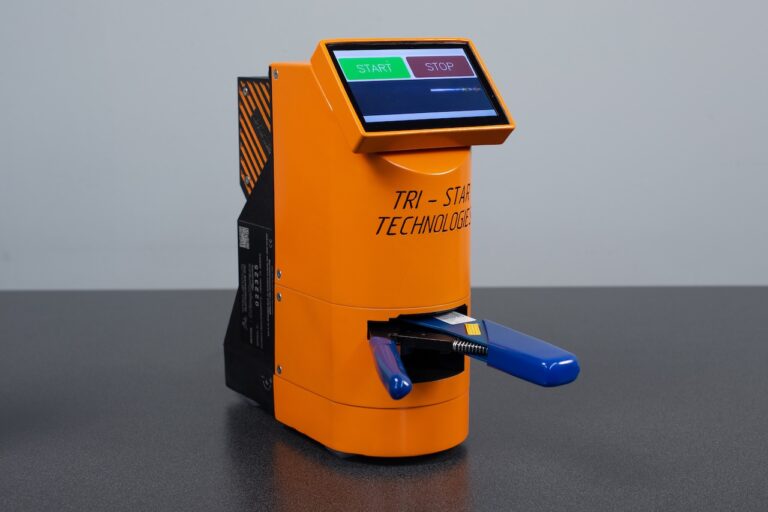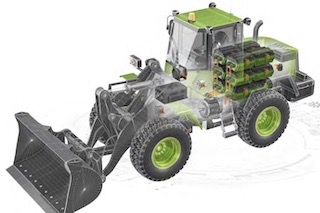WHN was once again fortunate to speak with Nick Liu, Chief Technical Officer form the Application Tooling Business Unit at TE Connectivity. Nick is an expert in the field of electrification and delved into the evolving market trends and technological advancements in industrial, commercial, and bus (ICT) vehicles and what that means for harness manufacturers. The discussion highlighted the current state of electrification, key challenges, and future developments in system architecture. He also covered emerging trends in EV architecture in general, and how wire harness manufacturers can adapt capabilities to meet future needs.
The Shift Toward Electrification
Nick began by pointing out that the market for ICT (industrial commercial transportation) vehicles is rapidly shifting toward electrification, driven by the need for more sustainable energy solutions and the push for carbon reduction. He emphasized the importance of architecture in this transformation, focusing specifically on electric vehicles (EV) and the critical role they play in this evolving landscape.
Nick provided an overview of the existing electrification systems in ICT vehicles. These systems predominantly revolve around battery-powered EVs (BEV) and fuel cell-powered EVs (FC). Despite their similarities, both technologies have distinct applications and architectures that shape the current and future trends in electrification.
One of the key highlights was the voltage requirements for modern electrified buses and trucks. Nick explained that the entry-level vehicles typically operate at around 400 volts, with medium performance vehicles running on 800 volts, and high-performance trucks requiring up to 1500 volts. This wide range reflects the growing demands for power and efficiency in the industry. As voltage levels increase, so do the complexities in manufacturing, system integration, and safety requirements.
Nick identified several critical challenges that the industry faces today, particularly when it comes to charging and power distribution. One major pain point for OEMs is raising the power levels to ensure better range and faster charging times. For large trucks, the time required for charging remains a significant bottleneck, and system complexity adds to this difficulty. The industry is grappling with how to optimize systems to address these challenges effectively.
The architecture of these systems is key to overcoming these issues, and Nick stressed the need for future advancements that will simplify routing and improve efficiency. This is where TE’s solutions come into play, offering optimized designs to make assembly, manufacturing, and routing of harnesses more efficient. Harness designers can take these advancements into consideration when imagining in new designs.
Nick discussed in detail his outlook for system architecture, particularly focusing on the changes expected between now and 2030. He outlined the current architecture, where multiple cables converge into a Power Distribution Unit (PDU), which then distributes power to various components like the battery and motor. However, the current setup is somewhat arbitrary and inefficient.
The next generation of system architecture, which TE is actively working on, will see better integration of components and a more organized routing system. This will make the assembly process more streamlined and help reduce the weight and cost of vehicles. By 2027, the system architecture is expected to be even more integrated, further simplifying the manufacturing process while optimizing the power distribution system.
Automation and Cable Assembly
In response to a question about specific challenges for the harness industry, Nick addressed the specific challenges of automating high-voltage cable assembly. He noted that one of the main issues is the sheer size and weight of the cables, which makes them difficult to handle and assemble. Optimizing the routing of cables and reducing their weight will be essential for automating this process. As he explained, the current system is costly and complex, but advancements in architecture could alleviate these pain points and enable more widespread automation.
Looking beyond 2027, Nick predicts the phasing out of legacy 12-volt systems, as higher voltage systems become the norm in industrial and commercial EVs.
Other Technologies for Exploration
Nick pivoted to some different interconnect technologies that harness producers should be aware of, namely the use of FFC* (Flexible Flat Cable) and the corresponding crimping technology for IDCs** (Insulation Displacement Connectors). TE has been exploring innovative methods to make the manufacturing of busbars more robust and reliable, particularly in harsh environments.
Nick’s focus on advanced busbar design and flexible automation reflects TE’s commitment to staying ahead of industry trends, ensuring their products are both innovative and responsive to market needs. As these technologies evolve, TE continues to play a key role in shaping the future of manufacturing in the power and connectivity space.
Nick’s insights extended to automation, where he emphasized the shift from producing large volumes of a single product to managing high volumes of multiple variations. This requires a flexible approach to manufacturing, involving modular designs that allow for easy adaptation of production processes. He described this as “flexible modular automation,” which enables companies to switch between different product versions without significant retooling.
Finally, Nick touched on the trend of automotive innovation of Injection Molded Structural Electronics (IMSE) and how they might influence the truck, bus, and heavy equipment sectors. He acknowledged that while TE is not deeply involved in in-mold structural electronics, it’s a logical progression for these technologies to transition from automotive to other industries.
Nick concluded the discussion by emphasizing that the industry is moving toward more systematic and efficient solutions. Although there are significant challenges ahead, particularly in terms of cost and assembly complexity, advancements in architecture and system design are expected to play a critical role in overcoming these hurdles.
* Go to wiringharnessnews.com and enter FFC in the search bar for content on this subject.
** An IDC is a mass termination connector for flat, flexible cable. It has contacts that displace the conductor insulation to establish simultaneous contact with multiple conductors.

























